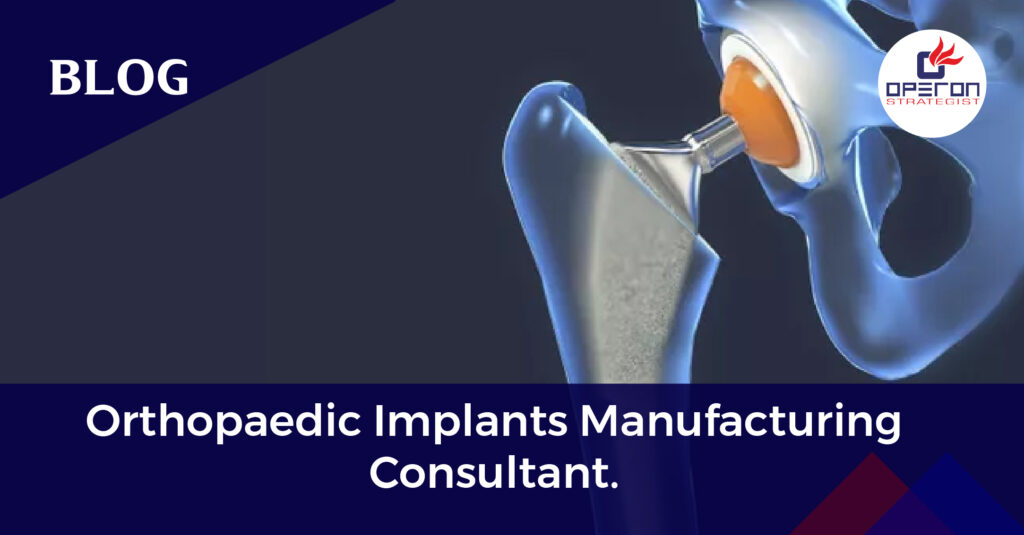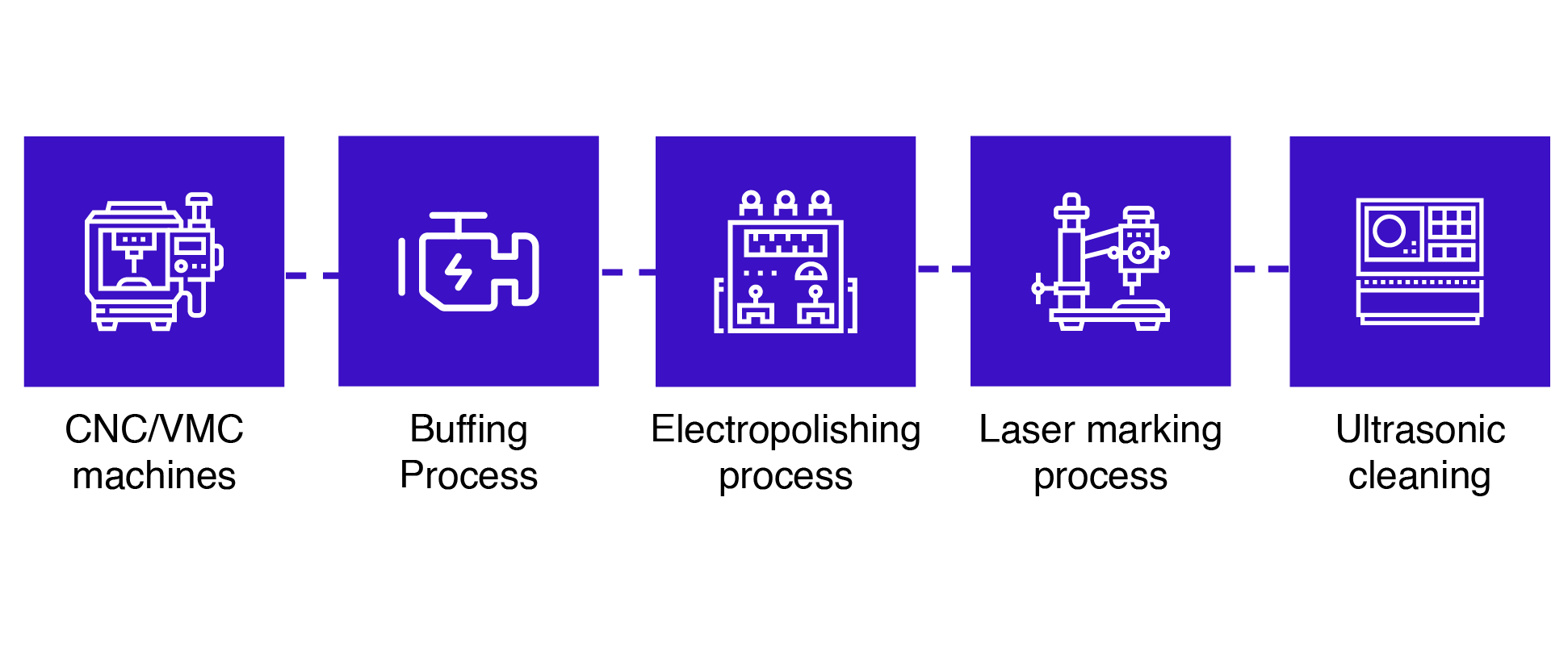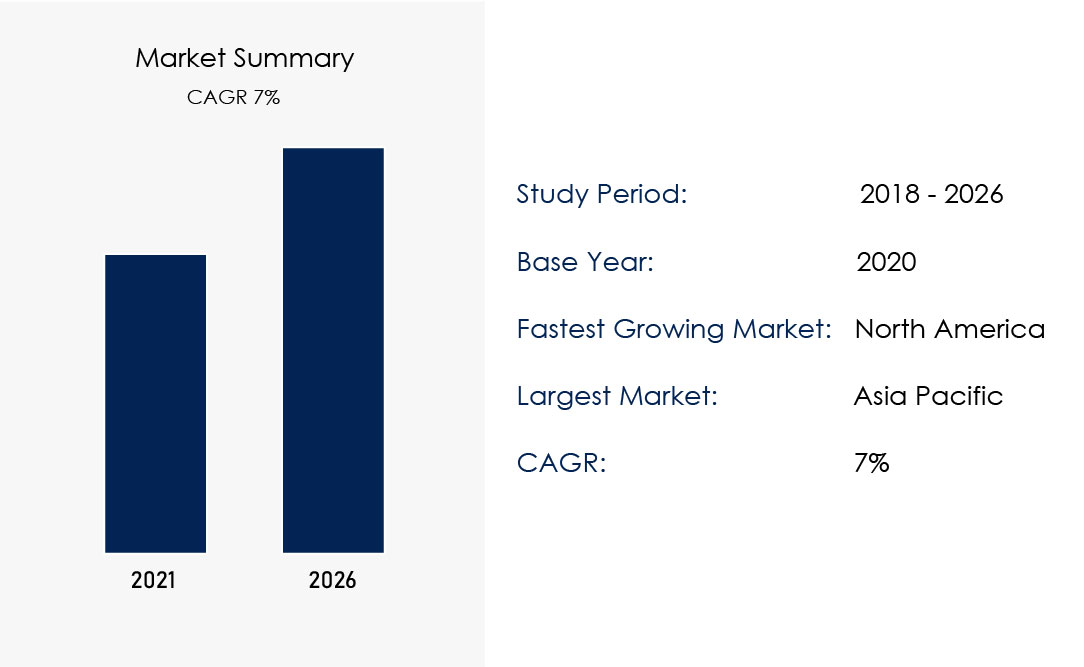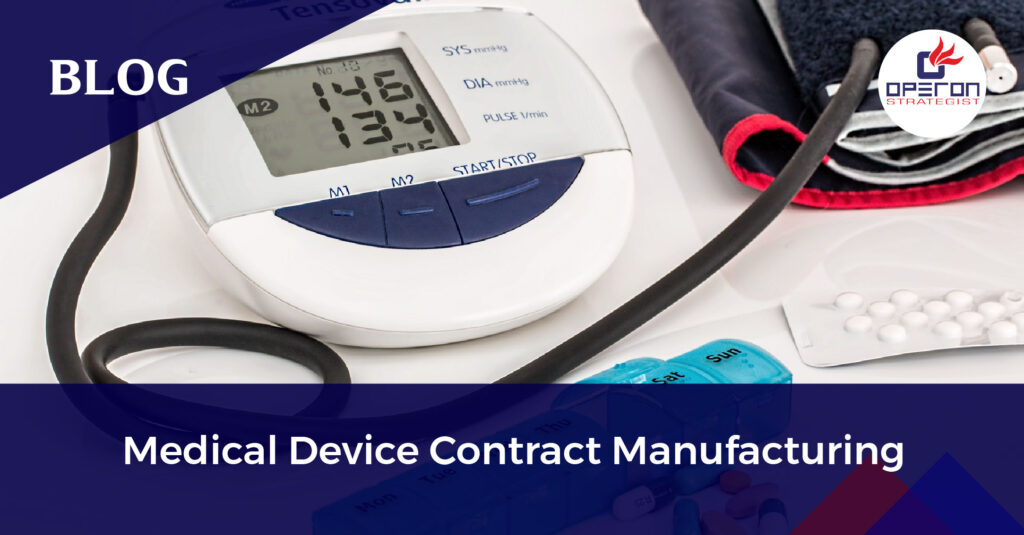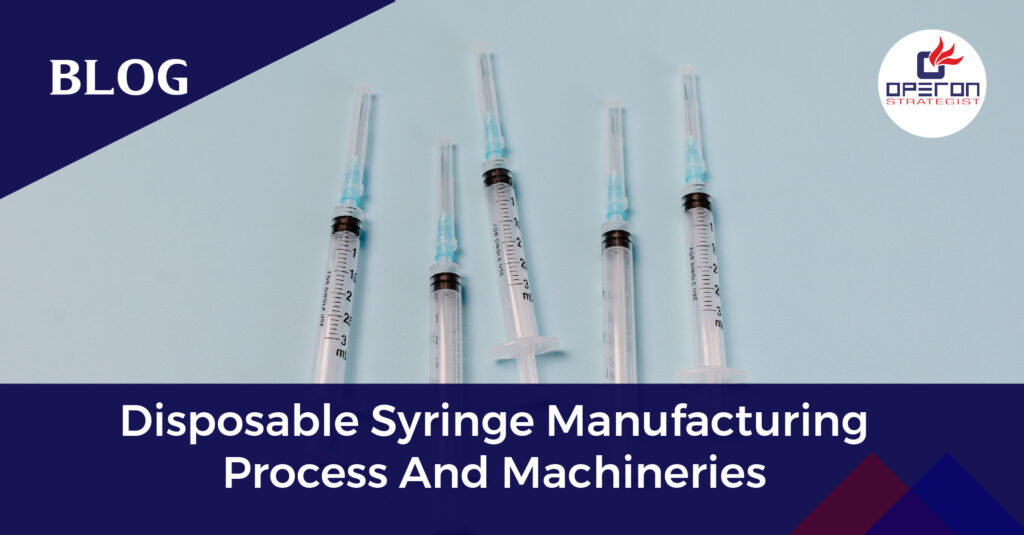Orthopaedic Implants Manufacturing License Consultant
Operon Strategist is a consultancy specializing in assisting orthopedic implant manufacturers obtain regulatory approvals. As an Orthopaedic Implants Manufacturing License Consultant, we provide expertise in regulatory compliance, documentation support, quality management systems, audits, and post-market compliance. Our services help companies navigate complex regulatory requirements efficiently, ensuring adherence to quality and safety standards while facilitating the approval process for bringing products to market.
In short, To manufacture products in India, manufacturers must acquire a CDSCO manufacturing license. Additionally, to import products from abroad for sale within India, a CDSCO import license is required.
Orthopaedic Implants Manufacturing Plant Setup - Overview
Orthopaedic implants are developed mostly using treated steel and titanium amalgams for quality, and the plastic covering applied to them serves as an artificial ligament.
Inner fixation is an activity in orthopaedics that includes the careful usage of inserts to fix a bone. During the medical procedure of broken bones through inner fixation the bone parts are first decreased into their typical arrangement then they are held together with the assistance of interior fixators, for example, plates, screws, nails, sticks and wires.
Orthopaedic implants are ordered into two gatherings including permanent joint replacement and temporary fracture fixation devices. Permanent orthopaedic implants incorporate the hip, knee, lower leg, shoulder, elbow, wrist, and finger joints, which are relied upon to serve in the body for the duration of the life expectancy of patients.
Looking For Consultants?
Let’s have a word about your project
Types of Orthopaedic Implants
Orthopedic implants are medical devices used to replace or support damaged or missing bones and joints. There are various types of orthopedic implants, each designed for specific purposes and anatomical locations. Here are some common types:
- Joint Replacements:
– Hip Implants: Used to replace damaged or arthritic hip joints.
– Knee Implants: Used for total knee replacement surgery.
– Shoulder Implants: Used in shoulder replacement procedures.
– Elbow Implants: Designed for elbow joint replacement. - Spinal Implants:
– Spinal Fusion Implants: Used to stabilize and fuse spinal vertebrae together.
– Interbody Cages: Placed in the spine to restore disc height and relieve pressure on nerves.
– Pedicle Screws and Rods: Used for spinal stabilization in scoliosis and other conditions. - Trauma Implants:
– Bone Plates: Used to fixate fractured bones.
– Intramedullary Nails: Inserted into long bones to stabilize fractures.
– Screws and Pins: Used to secure fractures and bone fragments. - Dental Implants: Used to replace missing teeth. They include:
– Root Form Implants: Surgically placed into the jawbone to support a crown.
– Plate Form Implants: Used when the jawbone is narrow and not suitable for root form implants. - Orthopedic Screws: Various types of screws are used in orthopedics, such as cannulated screws and lag screws, for fixation and stabilization.
- Orthopedic Plates: Including compression plates and dynamic compression plates are used to support bone healing.
- Prosthetic Joints: Apart from hip and knee joints, there are prosthetic joints for other areas, such as the ankle and wrist.
- Soft Tissue Implants: These include implants like ligament and tendon grafts, often used in reconstructive surgeries.
- Orthopedic Wires and Pins: Used for temporary or permanent fixation in orthopedic procedures.
- Custom Implants: In some cases, custom-made orthopedic implants are created to fit a patient’s unique anatomy.
Key Steps in the Manufacturing Process for Orthopaedic Implants
Orthopaedic manufacturing has gone from science fiction to practical reality in the range of a couple of brief years. Every year the strategies, apparatuses, and items, created in orthopedics improve, significantly.
The manufacturing of orthopaedic implants involves several key steps:
- Design: Engineers and surgeons create implant designs.
- Material Selection: Biocompatible materials like titanium are chosen.
- Manufacturing: Implants are crafted using techniques like casting or machining.
- Quality Control: Stringent inspections ensure they meet standards.
- Sterilization: Implants are sterilized for safety.
- Packaging: Sterile packaging is used to maintain cleanliness.
- Regulatory Compliance: Compliance with health agencies is crucial.
- Clinical Trials: Some implants undergo trials for safety and effectiveness.
- Post-Market Surveillance: Monitoring is ongoing to address issues.
Manufacturers prioritize precision and quality to improve patients’ mobility and quality of life.
Your Success Is Our Priority. Reach Out and Let’s Get Started!
Essential Documents for Obtaining Manufacturing Licenses of Orthopaedic Implants in India
Here are the six important points:
1. Application Form
2. Site Master File
3. Quality Management System (QMS) Documentation
4. Manufacturing Process Description
5. Product Information
6. GMP Compliance Certificate
Materials Used in Orthopaedic Implants Manufacturing
Implant Material
Metals
- Titanium
- Titanium Alloy
- Stainless steel
Orthopaedic Implants Manufacturing Machinery
CNC/VMC Machines:
CNC machining is the manufacturing procedure where pre-modified programming computer software dictates the movements of factory tools and machinery. The procedure can be utilized to control the scope of complex machinery, from processors and machines to plants and switches. With CNC machining, the three-dimensional cutting undertaking can be cultivated in a solitary arrangement of prompts.
VMC the Vertical Machine is preferred where three-axis works are done on a single face as in molding and die work. Vertical machining occurs on a vertical machining center, (VMC), which employs a spindle with a vertical orientation. With a vertically oriented spindle, tools stick straight down from the tool holder and often cut across the top of a workpiece.
Buffing Process:
The buffing process is used to shine the metal, or any composites by the use of a cloth wheel soaked with cutting compounds or rouges. The buffing cloth holds the compound, by the time the compound does the cutting. The industry names this as the “polishing” process. Buffing normally requires two things, a cutting buff and a finishing buff. The cutting buff, which is the roughest buffing operation is good for removing pits, polishing lines, or scratches.
Electropolishing Process:
The electropolishing process also called electrochemical polishing is a process that removes material from a metallic workpiece it reduces the roughness of the surface by leveling up the micro-peaks and the hollowness improvising the surface finish. It is used for polishing the metal parts and is also stated as the electroplating.
Laser Marking Process:
The laser marking process is used for marking the materials using a spot-diameter laser beam and is generally used for adding marks and or brand names. A laser beam is used on a material to change and color it.
Ultrasonic Cleaning:
Ultrasonic cleaners have been improving productivity in modern purifying for about 70 years; it’s simply developed progressively compelling and solid over the long haul. More organizations and government offices than at any other time in recent memory are exploiting the inventive and quick developing cleaning advancements, and they’re receiving the rewards.
Some Major Factors of Orthopaedic Implants Manufacturing
Orthopaedic Implant Factory Design
Orthopedic factory design involves careful consideration of layout, workflow, and equipment placement to ensure efficient production of orthopedic products such as implants, prosthetics, and braces while maintaining strict quality control measures. The orthopedic unit design focuses on creating a comfortable and functional environment for patients to receive orthopedic care, with features such as specialized beds, adjustable lighting, and equipment for mobility rehabilitation.
Orthopaedic Implant Clean Room
An orthopedic implant clean room is a highly controlled environment designed to minimize the presence of particles, microbes, and other contaminants during the manufacturing process of orthopedic implants. The room typically includes specialized ventilation, air filtration systems, and cleaning procedures to maintain a sterile environment for the production of these critical medical devices.
Orthopedic Implant Product Feasibility
The process of determining the technological, financial, and regulatory viability of a new orthopedic implant product is known as product feasibility. This comprises evaluating design, materials, manufacturing process, market demand, and regulatory requirements to determine whether the product can be created and brought to market successfully.
Market Growth for Orthopaedic Implant Products
By recent research, The Orthopedic Implant manufacturing industry increasing rapidly. A large number of orthopedic implant methods are performed worldwide every year. The well-being and biocompatibility of these devices are great and just 10% of patients experience complexities, of which contaminations are one of the most genuine. Their administration, as a rule, requires a joined methodology of careful mediation and delayed courses of intravenous or oral antimicrobial treatment. Get in touch with Operon Strategist medical device regulatory consultancy’s team for any kind of regulatory requirement in your orthopedic implant project.
About Operon Strategist
Operon Strategist is a orthopaedic implant manufacturing consultant, who provides guidance for various Certifications like CDSCO, European CE, SFDA, and USFDA 510k regulatory services and approvals. We are leading medical device regulatory consultant and assisting device manufacturers for more than 15 years. We also help Orthopaedic Implants Manufacturers as a turnkey project consultant. Our experts team member provides quality consultancy services. Contact us for more details.
FAQs
What is Orthopedic Implants?
An Orthopedic Implant is a medical device produced to supplant in the spot of a missing joint or issue that remains to be worked out a harmed bone.
What are the types of Orthopedic Implants
Types of orthopaedic implants :
• SCREWS: orthopedic screws can have either a flat or Phillips head, and are used to tighten up damaged areas, such as a torn labrum or rotator cuff.
• PLATES: Orthopedic plates are commonly used to fix long bone fractures
• PROSTHESES: orthopedic prosthetic use to replace missing joints or bones, or to provide support to a damaged bone.
What are orthopedic implants made of?
Titanium and its Alloys
Titanium is a common metal used in orthopaedic surgery for implantation. While titanium is a metal, the majority of orthopaedic "titanium implants" are actually alloys.

-
Operon Strategisthttps://operonstrategist.com/author/snehal/
-
Operon Strategisthttps://operonstrategist.com/author/snehal/
-
Operon Strategisthttps://operonstrategist.com/author/snehal/
-
Operon Strategisthttps://operonstrategist.com/author/snehal/

